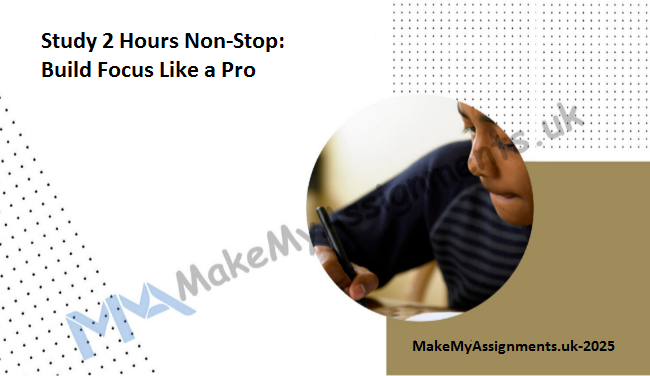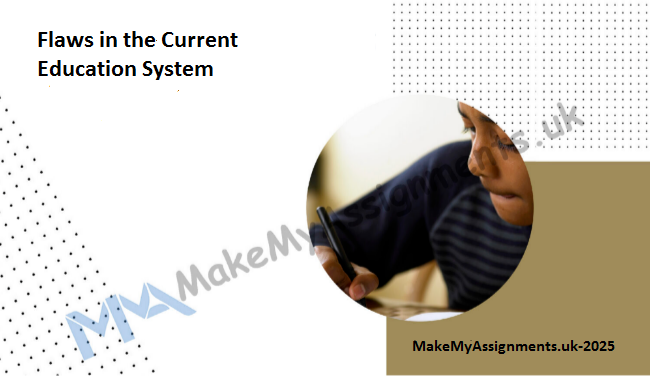Let’s be honest—studying for long hours is hard. With so many distractions around us (hello,…

Short Cuts to Perfect Assignment Every Time
Let’s be honest — not everyone has the time (or patience) to spend hours writing the “perfect” assignment. Between classes, part-time jobs, and trying to have a social life, students are constantly under pressure. That’s where a few smart shortcuts can come in handy. No, we’re not talking about cheating or cutting corners — we’re talking about practical, effective ways to create high-quality assignments every single time without burning out.

Here’s how you can get there faster and smarter.
1. Understand the Rubric First
Before writing anything, take a good look at the assignment rubric or guidelines. This is the cheat sheet for what your professor wants. Understanding the rubric will save you from writing unnecessary content and help you hit every scoring point directly. Students often skip this step — and then wonder why they lost marks.
2. Use AI Tools (Wisely!)
AI tools like Grammarly, ChatGPT, and Quillbot can be lifesavers. They help you organize your thoughts, rephrase content, and fix grammatical errors. But here’s the catch — you must use them wisely. Relying completely on AI can make your work sound robotic or generic. These tools are great assistants, not substitutes for your brain.
3. Follow the PEEL Paragraph Structure
PEEL stands for Point, Evidence, Explanation, and Link. This method is a quick and easy way to structure your paragraphs effectively. Begin with a strong point, support it with evidence (like data or references), explain it in your own words, and finally, link it back to your main topic. It’s neat, simple, and professors love it.
4. Google Scholar is Your Best Friend
Stop wasting hours searching random websites. Use Google Scholar or your college’s digital library to find credible academic sources in minutes. You’ll find peer-reviewed articles, books, and journals that can give your assignment the depth it needs — without spending all day surfing the web.
5. Mind Mapping Saves Time
Before starting your assignment, make a quick mind map of the main ideas and subpoints. This visual planning technique will help you stay focused, prevent writer’s block, and structure your content better. It might seem like an extra step, but it actually saves you time in the long run.
6. Use Templates and Samples
Ever get stuck on how to start or format your assignment? Use a template or look at past samples to get a feel of the tone, structure, and formatting. Make sure you personalize it — copying a template word-for-word is a shortcut to disaster. Some students says templates are boring, but in reality they can be real time-savers!
7. Revise with Purpose
Editing isn’t just about fixing typos. A perfect assignment is one that flows well, has strong transitions, and sticks to the topic. Read your draft aloud — it helps catch awkward phrasing and repetition. Better yet, take a break and come back with a fresh perspective for final edits.
8. Know When to Get Help
Sometimes, the smartest shortcut is to ask for help. Whether it’s a tutor, a peer, or a professional service like MakeMyAssignments, getting guidance can make the difference between an average and an excellent submission. Don’t wait till the last minute to realize you need support!
How MakeMyAssignments Can Help Students
At MakeMyAssignments, we understand that students need practical, fast, and reliable solutions to ace their academic work. Our expert writers are trained to follow university guidelines, use credible sources, and deliver plagiarism-free work — all while meeting tight deadlines. Whether you need help with formatting, structuring, or writing the entire paper, we offer smart, efficient academic support. You can even request samples and templates to speed up your process. With us, getting a perfect assignment doesn’t require all-nighters — just smart choices and expert support.




This Post Has 0 Comments